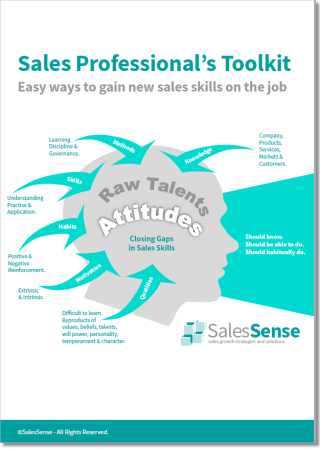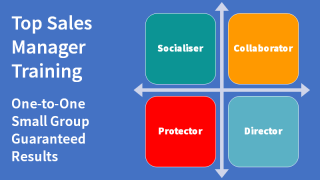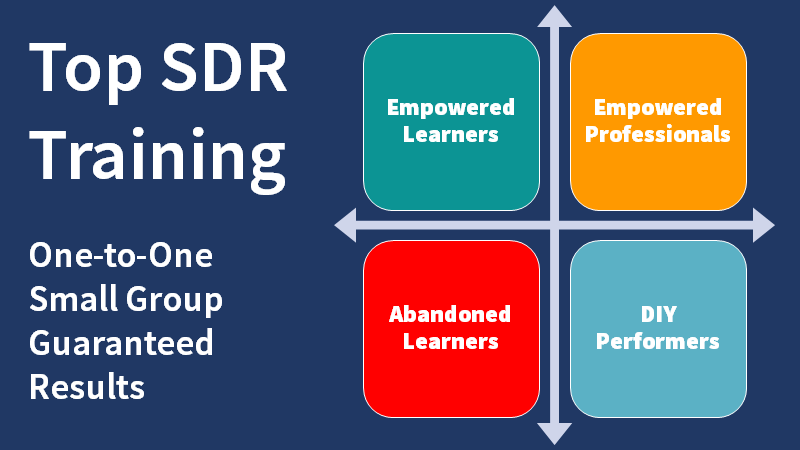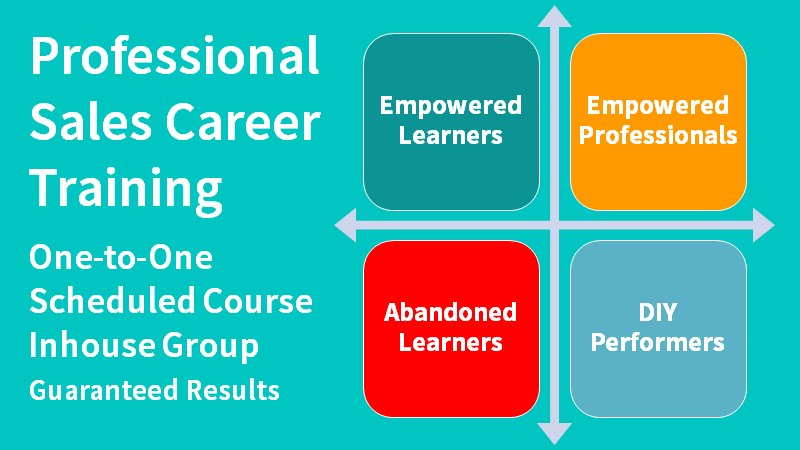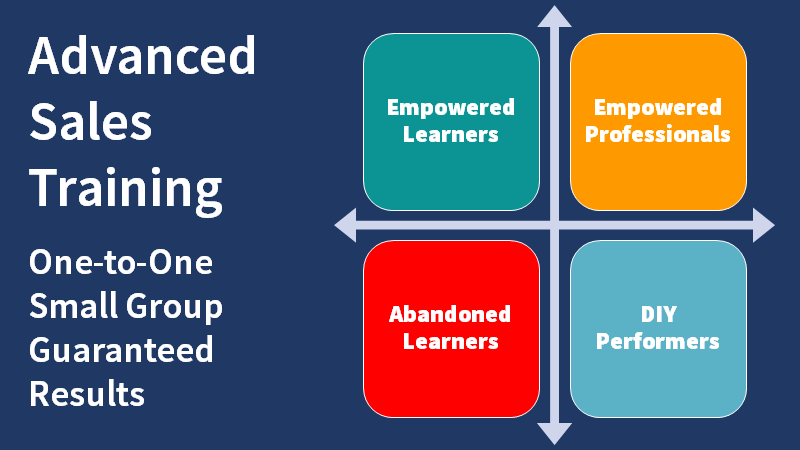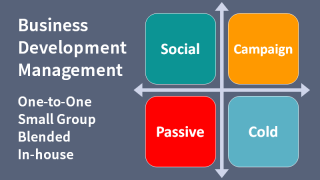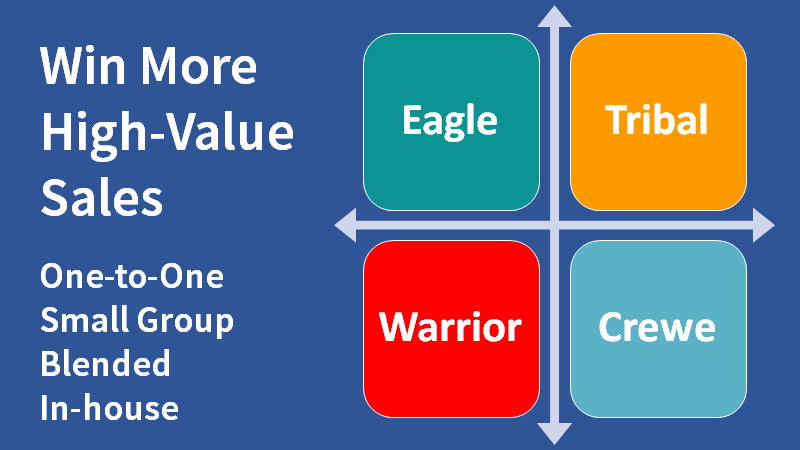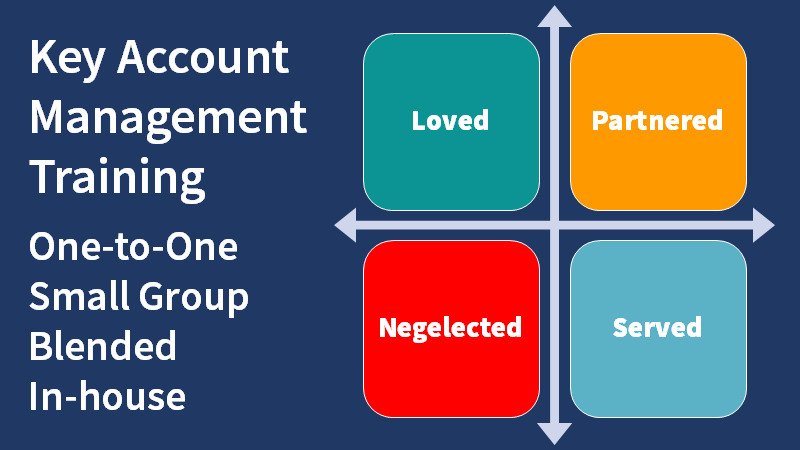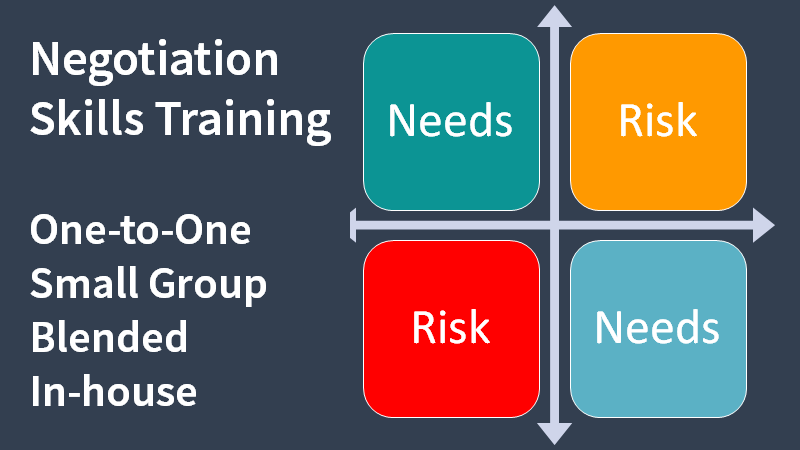Use this presentation skills assessment to support career development, conduct training needs analysis, and evaluate presentation or public speaking skills.
Complete this presentation skills assessment in 5 to 10 minutes.
The results are presented at the bottom of this page in real time.
Rate presentation skills against thirty statements representing aspects of competence.
Substantiate self-assessment by answering corresponding validation questions.
Identify strengths and weaknesses, opportunities and vulnerabilities.
Use the feedback to guide learning, select training, plan study, and drive development.
Presentation Skills Assessment Instructions:
To take this presentation skills assessment, score yourself on each of the knowledge and fact statements below. Enter a score between 1 and 10 in the boxes adjacent to each statement.
Score according to the degree of truth in each statement.
For example, give yourself a high score if you can already teach others how to accomplish the thing expressed in a statement. Enter a middling score if you can think of a few ways to achieve the outcome. Give yourself a low score if you are unsure how to get the thing done or achieve the result.
Answer the validation questions in your mind to check the accuracy of your self-assessment score.
Make your score reflect reality.
The data is not recorded so you only have yourself to mislead.
Your total score and a chart showing your strengths and weaknesses will be updated in real-time at the bottom of the page.
1. I always ensure that I thoroughly understand my topic before I present or speak. Validation Question: What steps do you take to ensure thorough understanding when you are short of time to prepare? | |
2. I always research the background of the people I will present to. I check their knowledge of my subject and investigate their expectations before beginning my preparation. Validation Question: What did you learn about the audience before your most recent presentation and how did you use it in the presentation? | |
3. I always call some members of my audience in advance to gauge feelings and discover unanticipated issues regarding the topic of my presentation. Validation Question: Who did you call before your most recent presentation; What did you learn and how did you use it in the presentation? | |
4. I always prepare visual aids such as pictorial representations, diagrams, props, and demonstrations for my presentations. Validation Question: What visual aids did you use in your last presentation? | |
5. I always prepare metaphors and analogies that relate the new and unknown to the old and familiar for my presentations. Validation Question: What have been the most effective metaphors and analogies that you have used in previous presentations? | |
6. I always spend time searching for suitable stories in the form of personal experiences, news, narratives, anecdotes, legends, myths, and fables to support my presentations. Validation Question: What stories did you use in your last presentation?? | |
7. I always look up and use authoritative quotations and corroborated evidence to support my presentations. Validation Question: What quotations did you use in your last presentation? | |
8. I always anticipate audience questions and either include the answers in the presentation or prepare answers in case the questions are asked. What has been the most difficult question that you have had to answer in a presentation? | |
9. I always plan how to involve members of an audience or the audience as a whole during my presentations. Validation Question: What strategies have you used to involve audiences in your presentations? | |
10. I always spend some time searching for humour in a topic and ways I can use it to bring a presentation alive. Validation Question: What humour did you use in your last presentation and how did you find it? | |
11. I always prepare effective prompts that remind me what to say and help me keep on track in presentations. Validation Question: What prompts do you use in presentations and how do they help you? | |
12. I always rehearse several ways to express important messages so that they are communicated effectively to people with differing thinking and language perspectives. Validation Question: What are some examples of how you have communicated messages in different ways? | |
13. I think about movement in presentations and build in ways to use natural movement to help sustain audience attention. Validation Question: What do you do to maintain movement during a presentation so that it doesn't appear repetitive? | |
14. I always prepare ways to dramatise topics and presentations so that they are more interesting and memorable for people in the audience. Validation Question: What strategies did you use to dramatise your last presentation? | |
15. I always rehearse and practice for presentations and public speaking assignments. Validation Question: What do you do when there isn't enough time for rehearsals? | |
16. I always seek feedback when rehearsing for a presentation, either from volunteers or by listening to audio or video recordings of my practise sessions. Validation Question: What do you do when you are dissatisfied with your rehearsal performance? | |
17. I always prepare a strong opening that sells the content of my presentations. Validation Question: What has been your best-ever presentation opening? | |
18. I always take extra care to create the right impression and experience at the beginning of my presentations because I know that first impressions affect how the whole of a presentation is perceived. Validation Question: What do you do to create a good first impression at the beginning of presentations? | |
19. I always construct ways to have members of an audience reach the right conclusions for themselves rather than speak the thoughts I want them to think. Validation Question: How do you get someone to think what you want them to without telling them what to think? | |
20. I always take the time to acknowledge the circumstances, needs, and expectations of an audience to increase rapport. Validation Question: What audience needs and expectations did you acknowledge in your last presentation? | |
21. I make eye contact with as many people in an audience as possible at least twice, to build rapport and enhance their sense of participation. Validation Question: How do you make eye contact with everybody in a large audience? | |
22. I always take the time to explain new or complicated ideas in an easily understandable form by using a combination of examples, diagrams, demonstrations, metaphors and analogies. Validation Question: What is the most complicated concept you have had to communicate? | |
23. I practise telling the stories that I plan to use in a presentation so that I can develop the right pace, rhythm, punctuation, and effect. Validation Question: Can you remember stories that you have used in presentations? | |
24. I pay attention to the audience's body language during presentations so that I can adjust my pace and delivery to maximise rapport, retention, and audience energy. Validation Question: How can you tell if an audience's energy is falling? | |
25. I relax during presentations and seek to engage an audience through common experience, ad-lib humour, empathy, and rapport. Validation Question: What things make it difficult to relax and enjoy delivering a presentation and how do you deal with them? | |
26. I vary my pace, tone, and volume while presenting because this makes my voice more interesting to hear. Validation Question: What happens to your delivery when you have too much material to present and not enough time and how do you deal with the difficulty? | |
27. I use my voice, body language, gestures, and props to emphasise important points and communicate emotion during presentations to help the audience remember and use what they hear. Validation Question: How do you communicate emotion in a presentation? | |
28. I always treat audience questions with respect and take care to acknowledge the questioner, praise the question, and answer it effectively or ensure it is answered later. Validation Question: How would you deal with a hostile question from a member of an audience? | |
29. I always prepare a strong ending that includes a call to action and explains what members of the audience should do to make the best use of what they have learned. Validation Question: What did you say at the end of your last presentation? | |
| Total Score |
Presentation Skills Assessment Score Guide
If your total score for the presentation skills assessment is over 240, , could you have been overly optimistic in your assessments? Whatever your scores, the chart reflects strengths and weaknesses. Working on strengths can be very rewarding. Weaknesses can sometimes be ignored if they are not causing lost business or others to perceive incompetence.
Don't leave it here. Decide your next steps. Action is the key to all progress.
Here are some suggestions:
- Decide what you want to improve and make a plan. How to Get Better at Anything
- Look up your local Toastmasters chapter and join to get regular practice.
- Review our communication skills articles.
- For one-to-one validation of results, schedule a call with Clive Miller, the assessment author.
- Get emergency presentation preparation support.
- Take our presentation skills course, one-to-one or as a group.
No data entered on this page is recorded so if you want to keep your scores, save the chart to your device. For PC's, right-click on the chart and select save-as. For mobiles, take a screenshot.
If you have found this SDR assessment useful, add a comment below to encourage others.
Applications Include:
- Presentation Skills Assessment
- Staff Appraisals
- Development Guidance
- Training Needs Analysis
- Interview Preparation
- Staff Selection
- Career Planning
If you are looking for a presentation skills assessment or a way to conduct a training needs analysis, this assessment offers a readily accessible solution. For coach validation, assessment facilitation, or sales training services, telephone +44 (0)1392 851500, send an email to jimm@salessense.co.uk or use the contact form here.



